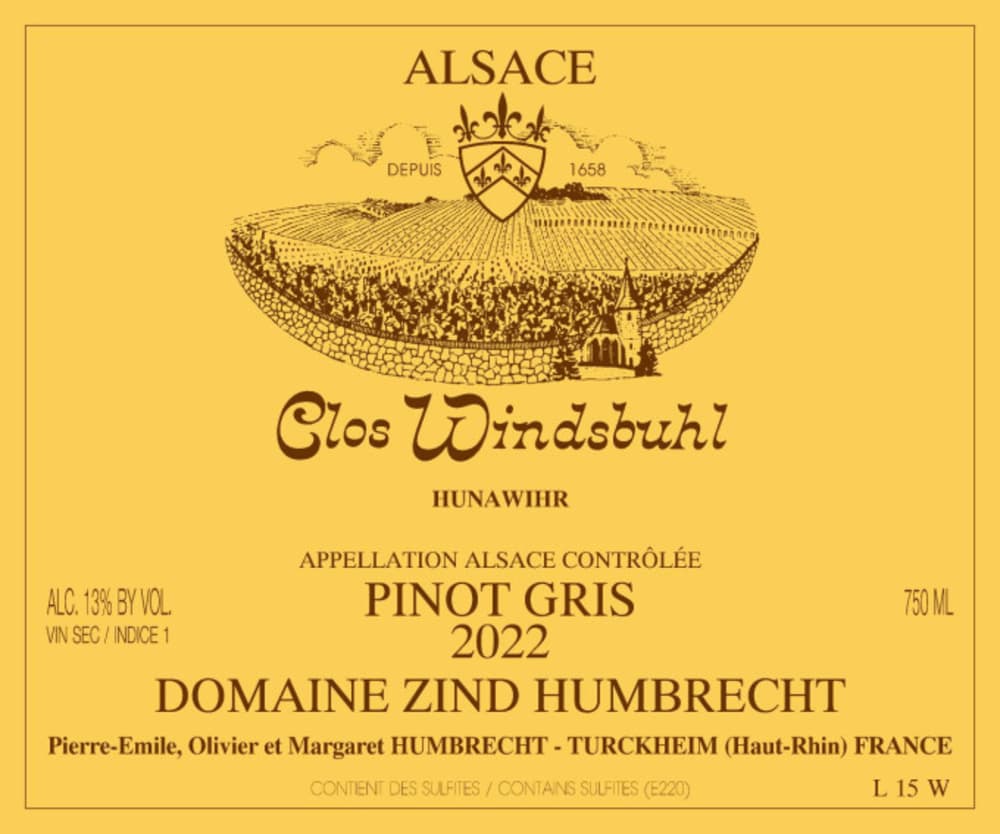This post may contains affiliate links. Read our full disclosure here.
Red wine has hogged the spotlight for too long in the health conversation. It’s time white wine got its due! The benefits of drinking white wine extend far beyond its crisp, refreshing taste—there’s actual science backing up what many of us white wine lovers have suspected all along. From heart health to digestive support, white wine brings its own set of perks to the table when consumed in moderation.
I’ve spent years in the wine industry, and one thing that constantly surprises my friends is learning that their favorite Pinot Grigio or Chardonnay isn’t just a delicious indulgence—it can actually offer legitimate health benefits. Let’s uncork the truth about white wine’s surprising advantages, all backed by real research that might just make your next glass feel a little more virtuous.

The Hidden Antioxidant Power in White Wine
- Contains unique antioxidants tyrosol and hydroxytyrosol
- Helps fight oxidative damage at the cellular level
- Offers anti-inflammatory properties
- Delivers polyphenols that support overall health
When someone mentions antioxidants and wine in the same sentence, most people automatically think of red varieties. But here’s what doesn’t get talked about enough—white wine has its own impressive antioxidant profile. While it may contain fewer tannins than red wine, white wine is rich in specific compounds called tyrosol and hydroxytyrosol that support cellular health in unique ways.

These compounds work differently than the often-celebrated resveratrol found in red wine but still offer significant health benefits. Research shows these antioxidants help fight oxidative stress in the body, which is linked to everything from premature aging to chronic disease development. The fermentation process in white wine actually preserves many of these beneficial compounds, making each sip a potential health booster.

Heart Health Benefits of Drinking White Wine
My cardiologist friend shocked me last summer when she mentioned that her own research review suggested white wine deserves more credit for heart health. Turns out, moderate white wine consumption has been linked to several cardiovascular benefits that rival those of its ruby-colored counterpart. The phenolic compounds in white wine appear to support healthy blood vessel function and improve cholesterol profiles.
- Supports healthy blood vessel function
- May help regulate healthy cholesterol levels
- Contains cardioprotective phenolic acids
- Works similarly to red wine for arterial health
A fascinating study from the University of Connecticut School of Medicine found that white wine appears to be just as effective as red wine in promoting heart health when consumed in moderation. The key word here, of course, is moderation—typically defined as up to one glass daily for women and up to two for men. These benefits stem from white wine’s ability to improve endothelial function (the inner lining of blood vessels) and potentially reduce harmful LDL cholesterol.
“For blood vessel health, white wine is as effective as red wine,” noted Dr. Dipak Das from the Cardiovascular Research Center at the University of Connecticut. This challenges the long-held notion that only red wine offers heart benefits, suggesting both varieties deserve a place in heart-conscious drinking.

Lower in Calories and Gentler on Sensitive Systems
- Typically contains fewer calories per serving than red wine
- Lower in tannins, which may reduce wine-related headaches
- Contains fewer histamines, making it more tolerable for some
- Lighter profile complements digestion-friendly foods
As someone who’s always counting calories (at least in theory), I appreciate that white wine typically contains fewer calories than most red varieties. An average 5-ounce pour of white wine contains approximately 120 calories, compared to 125-130 calories in the same amount of red. While the difference might seem small, it adds up for regular wine enthusiasts.

Beyond the calorie count, white wine contains significantly fewer tannins than red wine. This makes it a better choice for people who experience headaches, flushing, or other sensitivities when drinking red wine. The lower histamine content in white wine may also make it more tolerable for those with certain sensitivities. This doesn’t mean white wine is completely free of sulfites (few wines are), but the overall profile tends to be gentler on sensitive systems.
For those with digestive sensitivities, lighter white wines can be easier to tolerate than heavier reds. The crisp, clean profile of many white wines also makes them perfect for pairing with lighter foods like seafood, salads, and summer dishes—creating a more balanced dining experience that feels less heavy on your system.

Digestive Support and Stress Reduction
- Traditional digestive aid when consumed with meals
- Acids in dry whites may support natural digestion
- The ritual of wine drinking promotes mindfulness
- May temporarily reduce stress hormone levels
Throughout history, wine has been utilized as a digestive aid across many cultures—and for good reason. Dry white wines, in particular, contain acids that can stimulate gastric juices and potentially support the digestive process when consumed in moderation with meals. Unlike heavy reds that might feel overwhelming after a big dinner, a light white wine can feel like the perfect digestive companion.

My Italian grandmother always insisted on a small glass of white wine with dinner, claiming it helped her digest her food better. While I initially chalked it up to tradition, modern research suggests she might have been onto something. The acids in dry white wines actually mimic some of our natural digestive acids, potentially giving our systems a gentle boost.
Beyond physical digestion, there’s also the mental aspect of moderate wine consumption. The ritual of slowly enjoying a glass of white wine can shift your body from “fight or flight” mode into a more relaxed state. Studies have shown that moderate alcohol consumption may temporarily lower cortisol levels—the stress hormone that wreaks havoc on our bodies when chronically elevated.

Mindful White Wine Enjoyment: More Than Just Drinking
The greatest benefit of white wine might not be in the liquid itself, but in how it encourages us to slow down. In our fast-paced world, a glass of Sauvignon Blanc or other white wine varieties can create a dedicated moment of pause—a ritual that brings us into the present. This mindful approach transforms white wine from a mere beverage into a tool for present-moment awareness.
- Encourages present-moment awareness and mindfulness
- Creates a ritual for slowing down and savoring
- Promotes social connection when shared mindfully
- Prompts more intentional consumption habits
When I started paying attention to not just what I was drinking but how I was drinking it, my relationship with wine completely changed. Instead of absent-mindedly sipping while scrolling through my phone, I began to appreciate the aromas, flavors, and the whole sensory experience. This mindful approach naturally led to slower, more intentional consumption—which is healthier in the long run.
The benefits of drinking white wine extend beyond physical health when we use it as a cue for connection rather than disconnection. Sharing a bottle with friends over a long dinner creates moments of human connection that are increasingly rare in our digital world. These connections have their own well-documented health benefits, from longer lifespans to decreased depression risk.

Making the Most of White Wine’s Health Benefits
To truly capitalize on the benefits of drinking white wine, quality matters just as much as quantity. Not all white wines are created equal when it comes to health properties. Generally speaking, dry, less processed whites retain more of the beneficial compounds than heavily sweetened or mass-produced options.
- Choose higher-quality, less processed white wines
- Serve at proper temperatures to preserve benefits
- Pair with meals to moderate alcohol absorption
- Focus on traditional, time-tested wine consumption patterns
Temperature and serving style also play a role in preserving white wine’s benefits. Properly chilled white wine (usually between 45-55°F depending on the variety) helps maintain its structure and beneficial compounds. Overly cold temperatures can mute both flavor and potential health properties, while too-warm whites can lose their beneficial acid balance.
Pairing white wine strategically with meals not only enhances the dining experience but also helps moderate alcohol absorption. The proteins and fats in food slow alcohol absorption, allowing your body to process it more efficiently. This is why Mediterranean cultures traditionally consume wine with meals rather than as standalone drinks—a habit worth adopting if you’re interested in the health angle.

Raising a Glass to White Wine’s Surprising Perks
The benefits of drinking white wine remind us that sometimes the simplest pleasures come with unexpected bonuses. From supporting heart health to providing unique antioxidants, white wine deserves recognition alongside its red counterpart in the health conversation. What matters most is how we approach it—with mindfulness, moderation, and an appreciation for quality over quantity.

Next time you’re debating between red and white, remember that your choice of Chardonnay or Pinot Grigio brings its own set of science-backed advantages. The key is enjoying it intentionally, preferably with good food and better company. As with most things in life, the context and approach matter as much as the substance itself.
Whether you’re a longtime white wine devotee or just beginning to explore beyond reds, there’s something rewarding about knowing your glass of crisp white contains more than just delicious flavor. It carries centuries of tradition, modern scientific validation, and the potential to be part of a balanced, joyful approach to living well. Here’s to white wine—underappreciated perhaps, but certainly not without merit.
Enjoyed learning about the benefits of drinking white wine? Continue your wine education journey by exploring our comprehensive guides to various types of white wine and discovering how to elevate your sipping experience with proper wine tasting techniques. Cheers to making informed, mindful choices that bring both pleasure and potential perks to your glass!




